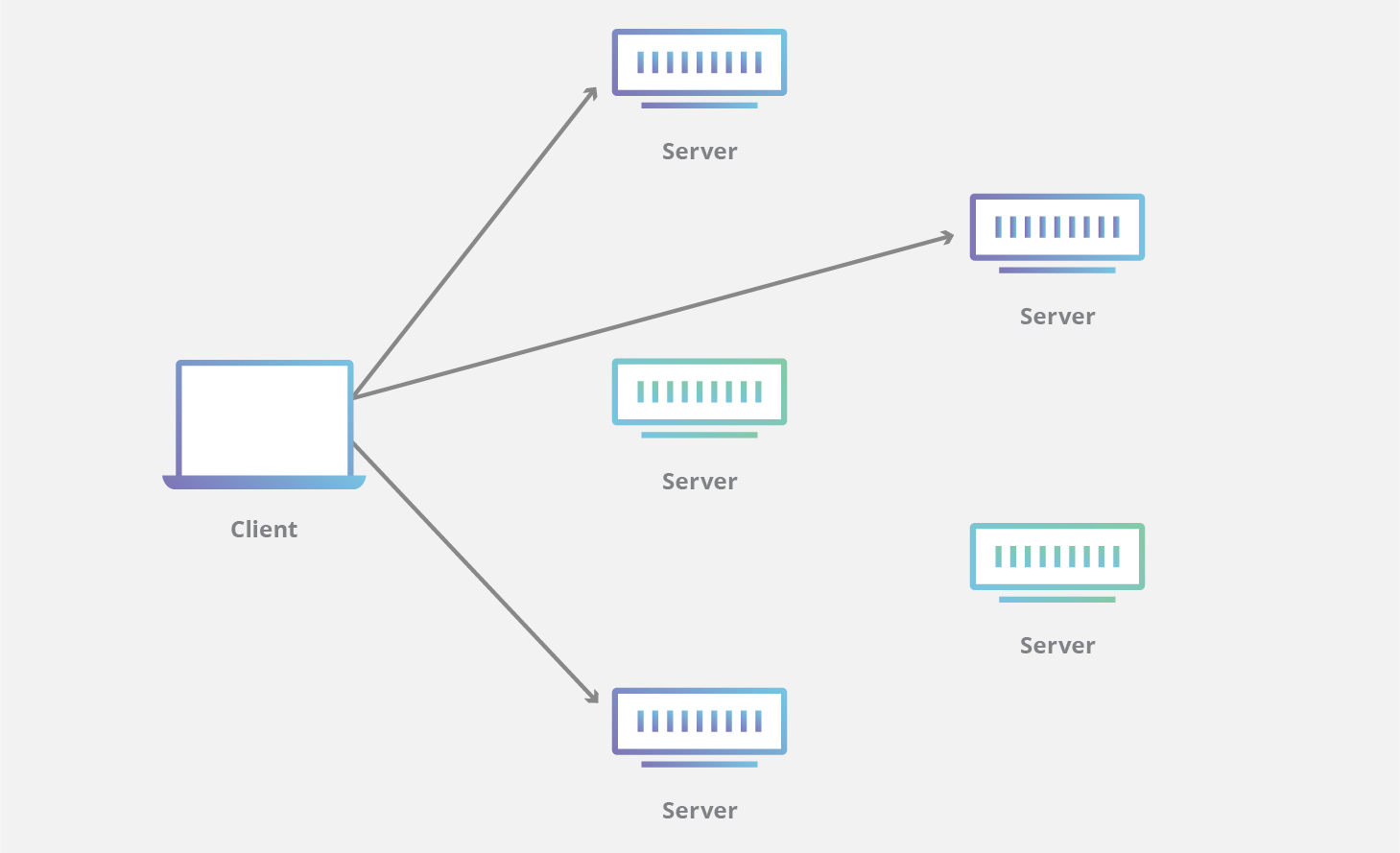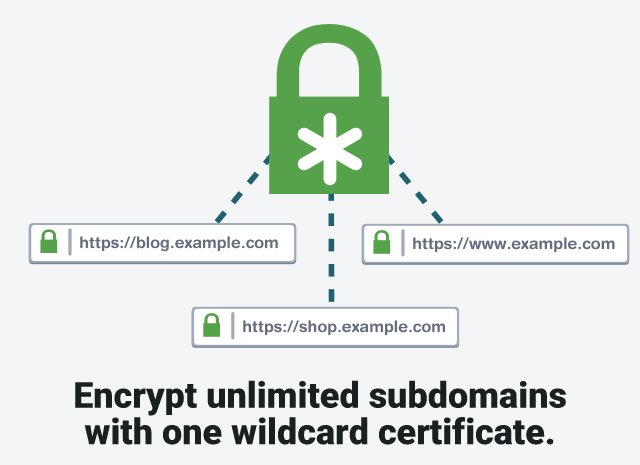
The sftp protocols is a system for secure file transfers that uses encryption as a way to protect files from hackers. It includes public key verification to make it even more secure and reliable. SFTP is a viable alternative to FTP. It is faster and more efficient.
The protocol is used to transfer data over the Internet between a client computer and a remote server. It is a very important tool when transferring large volumes of data. It is also a popular option for sharing files between servers.
Default Port
The default port number for SFTP (which is understandable since it uses the SSH protocol) is 22. It is possible to protect your network by changing the port. To change the port in a Linux system, follow these steps:
SSH File Transfer Protocol
SFTP's extension, ssh, allows clients and servers communicate securely. This protocol uses encryption, public key verification, and host validation to protect data in transit. This method helps prevent unauthorized access to the data and increases productivity on the server.

Host Authentication
In SFTP the host authentication is done by a server calculating a MD5 hash of the public key sent by the client. If the client's public key and the server's match, they are both considered authentic. The client can then use this shared session key to verify that the server is the one that it thinks it is.
It's a great feature. The users can quickly and easily transfer data to a distant server without the need for email or cloud services.
SFTP encrypts files before they are transferred over the Internet. This can be a great security feature for sensitive files and trade secrets. This protocol may also be used to comply with privacy laws.
Its cryptography is asymmetric. The encryption key is shared by both parties, and can't be intercepted or unencrypted without the consent of the receiving party. This protects your data from hackers and spies.
Security Features
The sftp Protocol uses a Tunneling Topology to transfer files back and forth between the client machines and server machines. It also encrypts the data to ensure that it is safe from hackers and spies.

It uses stateful connections to keep track of the current working directory. Each transfer will require an additional connection between the client and the server. This is why firewalls and NAT routers find it difficult to allow SFTP inbound connections.
Sftp also uses asymmetrical cryptography to protect data. This means the data cannot be accessed, viewed or read by anyone else but the receiver.
FAQ
How much do web developers make?
When working on a website for yourself, you'll probably earn around $60-$80 per hour. Independent contractors are a better option if your goal is to charge more. The hourly rate could be anywhere from $150 to $200
WordPress is a CMS?
Yes. It is a Content Management System (CMS). CMS is a way to manage your website content without having to use an application such Dreamweaver/Frontpage.
WordPress's best feature is its free pricing! Hosting is included in the price, but you don't need to pay anything else.
WordPress was initially intended to be used as a blog platform. Now, WordPress offers many different options: eCommerce sites, forums. Membership websites. Portfolios.
WordPress is easy and quick to install. The installation file must be downloaded from the website and uploaded to your server. Next, simply go to your domain name via your web browser and log into your new site.
After installing WordPress on your computer, you'll need a username and a password. Once you've logged in, you'll see a dashboard where you can access all of your settings.
Here you can add pages and posts, images, menus, widgets and plugins. This step can be skipped if editing and creating content is easy for you.
If you prefer to work with a professional web designer, you can hire them to manage the entire process.
What Types of Websites Should I Create?
Your goals will determine the answer to this question. You may choose to sell products online if you want to build a website. You'll need to build a robust eCommerce site to do this successfully.
Blogs, portfolios, as well as forums are some other popular web types. Each of these requires different skills and tools. If you are looking to start a blog, then you need to know about blogging platforms like WordPress and Blogger.
It is important to choose the right platform for your site. There are lots of free themes and templates available for each platform.
After you have chosen a platform, it is time to add content. Pages can include images, videos, text and links.
Your new website is ready to be published online. Once your website is published, visitors will be able to access it in their web browsers.
What is a static website?
A static website contains all content stored on a server that visitors can access via web browsers.
The term "static", as it is sometimes called, refers not to dynamic features such changing images, videos, animations, etc.
This site was originally intended for corporate intranets. However it has since been adopted and modified by small businesses and individuals who require simple websites without complex programming.
Static websites are becoming more popular due to their ease of maintenance. They're easier to update and maintain when compared to a fully-featured website with many different components (such as blogs).
They also tend to load faster than their dynamic counterparts. This makes them perfect for users who are using mobile devices or have slow Internet access.
A static website is more secure than its dynamic counterparts. It is difficult to hack into static websites. Hackers only have access to the data that resides inside a database.
Two main methods can be used to create a static site:
-
Use a Content Management System (CMS).
-
How to create a static HTML website
The best one for you will depend on your specific needs. A CMS is the best choice for anyone who is new to building websites.
Why? Because you have complete control over your website. You don't need to hire someone else to help you set it up. Upload files directly to the CMS.
Still, you can learn to code and create static websites. But you'll need to invest some time learning how to program.
Do I require technical skills to design or build my website?
No. You only need to have a basic understanding of HTML/CSS. Online tutorials can be found that cover both HTML and CSS.
What HTML and CSS are available to help me build my website?
Yes! If you've been following along so far, you should now understand how to start creating a website.
You now know how to build a website structure. Now you need to learn HTML and CSS coding.
HTML stands as HyperText Markup Language. This is like writing a recipe. You'd list ingredients, instructions, and directions. HTML is a way to tell a computer which parts are bold, underlined, italicized or linked to other parts of the document. It is the language of documents.
CSS stands as Cascading Stylesheets. Think of it like a style sheet for recipes. Instead of listing each ingredient or instruction, you will write down the general rules for font sizes and spacing.
HTML tells the browser how to format a web page; CSS tells it how to do it.
You don't have to be a prodigy if you don’t get the terms. Follow these tutorials, and you'll soon have beautiful websites.
What is website design software?
Graphic artists, photographers, illustrators, and writers use website design software to create websites and other digital media.
There are two main types: cloud-based or desktop software. Desktop apps are installed locally on the computer. You will need to install additional software. Cloud-based software is hosted remotely over the internet. It does not require you to install additional software, which makes them great for mobile users.
Desktop Applications
Although desktop apps offer more features than cloud-based applications, they are not always required. Some people prefer to work exclusively from a desktop app because they find it more convenient. Others prefer the same tool, no matter if they are using it on a mobile device or a laptop.
Cloud-Based Solutions
Cloud-based solutions are a great option for web designers looking to save time and money. These services enable you to edit any document from anywhere with an internet connection. This means you can work on a tablet while waiting for your coffee to brew.
You will still need to buy a license if you choose to use a cloud-based program. You don't have to buy additional licenses for upgrading to the latest version.
These programs are available for web page creation if you have Photoshop or InDesign, Illustrator, and other Adobe products.
Statistics
- It enables you to sell your music directly on your website and keep 100% of the profits. (wix.com)
- It's estimated that chatbots could reduce this by 30%. Gone are the days when chatbots were mere gimmicks – now, they're becoming ever more essential to customer-facing services. (websitebuilderexpert.com)
- The average website user will read about 20% of the text on any given page, so it's crucial to entice them with an appropriate vibe. (websitebuilderexpert.com)
- When choosing your website color scheme, a general rule is to limit yourself to three shades: one primary color (60% of the mix), one secondary color (30%), and one accent color (10%). (wix.com)
- Did you know videos can boost organic search traffic to your website by 157%? (wix.com)
External Links
How To
What is website hosting?
Website hosting refers simply to the place that people visit when they visit a website. There are two types:
-
Shared hosting - This is the cheapest option. Your website files will reside on a server belonging to someone else. Customers visiting your website send their queries over the Internet, to that server. You then receive the request from the owner of the server.
-
Dedicated hosting – This is the most expensive option. Your website is hosted entirely on one server. Your traffic stays private as no other websites can share the same server.
Shared hosting is preferred by most businesses because it's cheaper than dedicated hosting. When you use shared hosting, the company that hosts the server gives you the resources to run your site.
Each option has its pros and cons. Here are some key differences between them.
Sharing Hosting Pros
-
Lower Cost
-
Easy to Setup
-
Frequent Updates
-
It can Be Found On Many Web Hosting Companies
Shared hosting can often cost as little as $10/month. But keep in mind that this price usually includes bandwidth. Bandwidth describes the amount of data that can be transferred over the Internet. Even if only you upload photos to your blog or website, high-volume data transfers may incur additional charges.
You'll soon discover why you paid so much more for your previous host when you get started. The majority of shared hosts offer limited customer support. Although they will help you set up your site occasionally, you are on your own once you have done that.
A provider with 24-hour telephone support is a good choice. They will take care of any issues while you sleep.
Hosting dedicated:
-
More Expensive
-
Less common
-
Requires specific skills
With dedicated hosting, all you need to maintain your website are provided. You won't worry about how much bandwidth you are using or how much RAM (random Access Memory) you have.
This means that you'll spend a bit more upfront. You'll soon realize that your business is self-sufficient once it's online. You will become an expert in managing your servers.
Which is better for my business?
It all depends on the type of website you are creating. If you are selling products, shared hosting may be the best option. It's very easy to setup and maintain. It's easy to set up and maintain, as you share a server with other sites. You will likely be updated frequently.
However, dedicated hosting is the way to go if you want to build a community around your brand. It allows you to focus on building your brand and not worrying about managing your traffic.
Bluehost.com is the best web host for both. Bluehost.com provides unlimited monthly data transfer, 24/7 support, free domain registration and a 30-day money back guarantee.